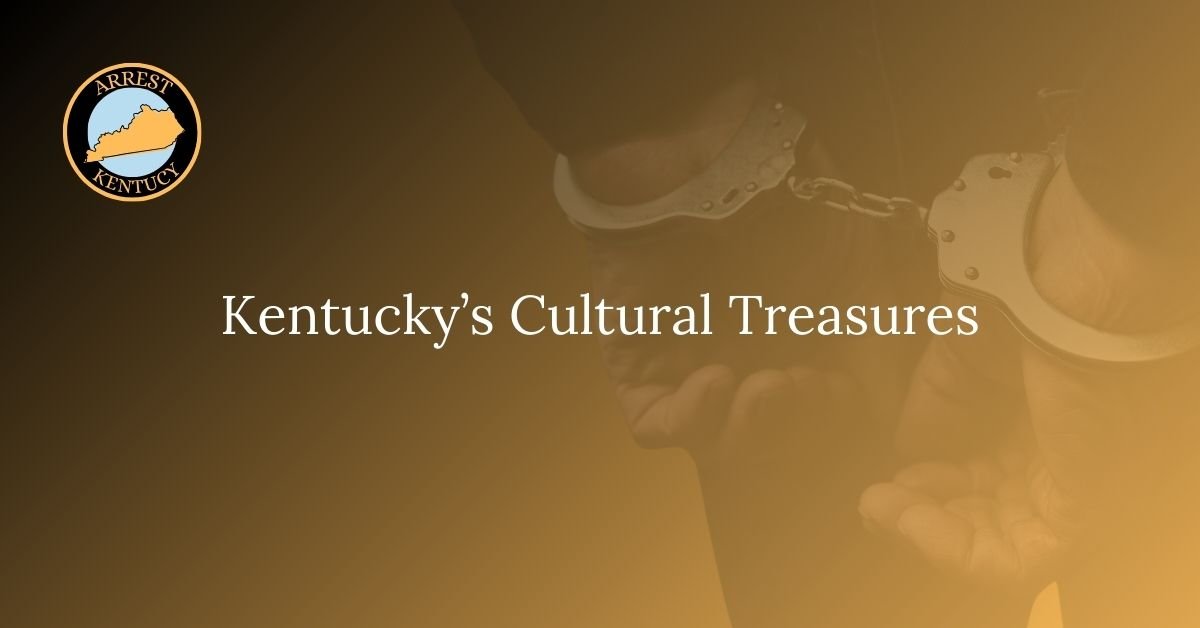Kentucky’s Cultural Treasures

Kentucky is celebrated for its vibrant cultural legacy, particularly in traditional music and the arts. The state’s long history of producing exceptional musicians, artists, and artisans has significantly enriched its cultural landscape.
This comprehensive guide offers an in-depth look at Kentucky’s traditional music and arts, highlighting the state’s unique cultural expressions and the ongoing efforts to preserve and celebrate these treasured traditions.
Traditional Music Legacy
Kentucky’s musical heritage boasts a deep legacy that spans generations. From the folk music of early settlers to the rise of bluegrass in the 1940s, the state’s musical history holds an esteemed place in American culture. Kentucky’s traditional music showcases a blend of diverse cultural influences and continues to evolve, drawing music lovers from around the globe.
Arts and Crafts Heritage
The arts and crafts of Kentucky, especially in the Appalachian region, reflect the state’s rich cultural history. Traditional crafts like quilting, basket weaving, woodworking, and pottery highlight the skill and creativity of Kentucky’s artisans. These crafts are a vital part of the state’s heritage, deeply rooted in the region’s historical narrative.
Efforts to Preserve Traditions
Maintaining Kentucky’s traditional music and arts is essential for protecting the state’s cultural heritage. Cultural organizations, community initiatives, and governmental efforts play crucial roles in promoting and preserving these traditions. Festivals and events dedicated to traditional music and arts provide platforms to showcase local talent and attract those interested in Kentucky’s cultural richness.
Frequently Asked Questions
Explore Kentucky’s rich cultural heritage with our FAQs, which offer insights into the state’s diverse array of historical landmarks, artistic traditions, and cultural events. Discover the significance of Kentucky’s cultural treasures and learn how you can experience them firsthand.
What is Kentucky’s Traditional Music?
Kentucky’s Traditional Music includes folk music, bluegrass, and other genres that reflect the state’s cultural heritage. This music, rooted in the experiences of early settlers, continues to evolve while preserving historical and cultural connections. Figures like Bill Monroe have significantly shaped its legacy, influencing many modern musicians.
Why preserve Kentucky’s Arts?
Preserving Kentucky’s arts maintains the state’s unique cultural identity and historical continuity. These artistic expressions offer insights into the lives and traditions of past generations, providing both educational and entertainment value. Protecting these arts ensures future generations can learn from and appreciate the state’s rich heritage.
How are traditions preserved?
Traditions are preserved through cultural institutions, educational programs, and community efforts. Museums, heritage centers, and arts councils collect and showcase traditional music and crafts. Schools also include these traditions in their curricula, fostering appreciation and interest among young people.
What are examples of Traditional Music?
Traditional Music in Kentucky includes bluegrass, old-time, country, and gospel genres. Artists like Bill Monroe and Loretta Lynn have made significant contributions, enhancing the state’s musical heritage. Their work reflects Kentucky’s cultural diversity and continues to influence modern music.
How does music influence modern artists?
Kentucky’s Traditional Music impacts contemporary artists by inspiring elements of bluegrass, folk, and country in modern compositions. Many musicians integrate these traditional sounds into their work, creating new styles while honoring the state’s musical history. This blending of old and new helps keep Kentucky’s musical heritage alive.
What role do crafts play?
Crafts play a vital role in Kentucky’s cultural heritage, showcasing the creativity and skills of its artisans. Traditional crafts like quilting, woodworking, and pottery have been passed down through generations, each adding unique elements to the art forms. These crafts reflect the state’s rich history and artistic traditions.






